Silver maple (Acer saccharinum)
Big, fast-growing, and a dandy shade tree, silver maple is widespread in eastern states and the Midwest. Unfortunately, the speed at which the tree grows makes for weak, brittle wood that may break during severe storms. The shallow root system invades sewage pipes and drain fields, and is notorious for cracking driveways and walkways.
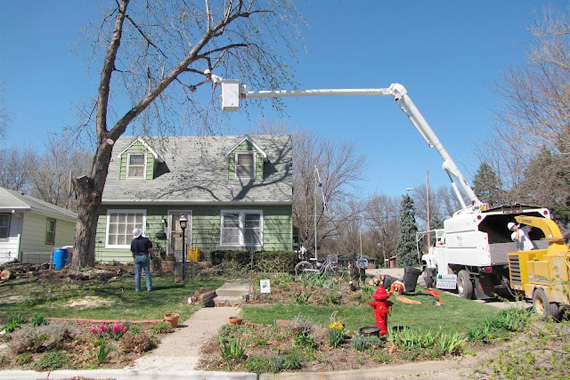 |
| Credit: A Corner Garden |
Ash (Fraxinus)
Sturdy and tough, the many varieties of ash that populate North America are some of our most beloved trees. Professional baseball bats are made from its wood — how American is that? But the venerable ash is threatened by the emerald ash borer, a tiny beetle that’s on track to wipe out the species. If you’re looking for a long-term tree for your yard, look elsewhere.
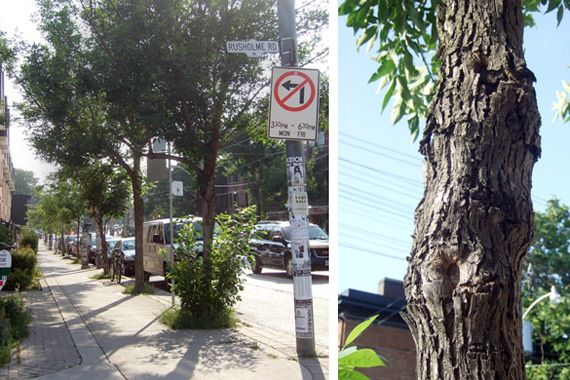 |
| Credit: ©2011 Melissa WILLIAMS / LEAF |
Quaking Aspen (Populus tremuloides)
The aspen is found in northern climes and higher elevations. Its white bark and gently vibrating leaves are attractive, but its root system is insidious, sending up dozens of suckers that relentlessly try to turn into new trees. Once established, it’s war. In fact, the largest living organism in the world is a Colorado aspen root system called Pando. It weighs 6,600 tons and is thought to be 80,000 years old. Try digging that out!
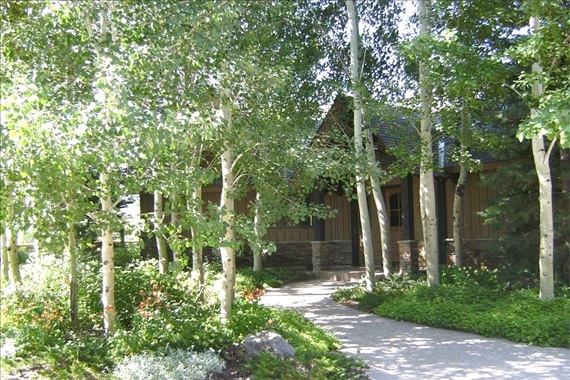 |
| Credit: David Wilson |
Hybrid Poplars (Populus)
Hybrid poplars are created by cross-pollinating two or more poplar species together. The result can be a fast-growing tree that looks good in your yard — for a while. Hybrid poplars are especially susceptible to diseases, and most won’t last more than 15 years. This poor fellow is dying … quickly.
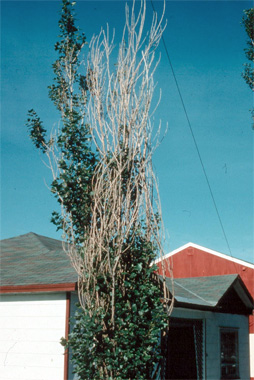 |
Credit: Dieback of a poplar hybrid due to infection by Cryptodiaporthe populea, the causal agent of Dothichiza canker, Natural Resources Canada, Canadian Forest Service, Laurentian Forestry Centre |
Willow (Salix)
With its long, slender branches that hang down like Rapunzel’s tresses, the willow is one of the most recognizable of all trees. Beautiful on the outside, yes, but the willow has an aggressive, water-hungry root system that terrorizes drain fields, sewer lines, and irrigation pipes. The wood is weak and prone to cracking, and the tree is relatively short-lived, lasting only about 30 years.
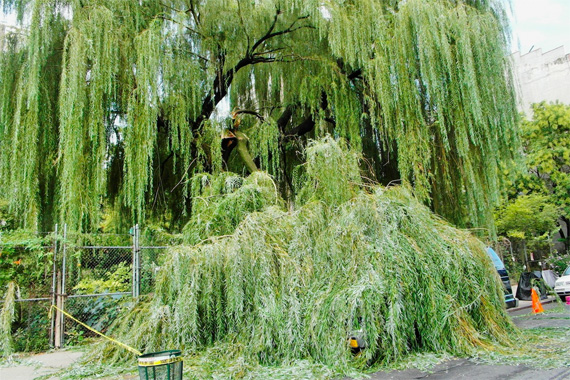 |
| Credit: EV Grieve |
Black walnut (Juglans nigra)
Native to North America, this well-known shade tree produces prized cabinet- and furniture-making wood. It also produces pollen and plenty of fruit that’ll drive you, well, nuts when you have to clean it all up in the fall. It’s true sinister side, however, is that it secretes growth-inhibiting toxins that kill nearby plants, wreaking havoc on flower beds and vegetable gardens.
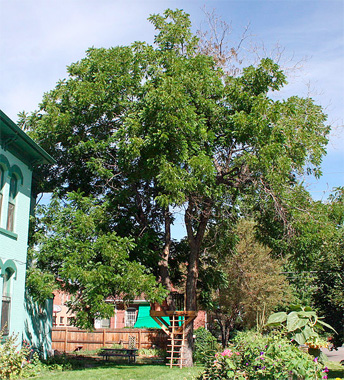 |
| Credit: Jeffrey Beall/Wikipedia |
Leyland cypress (Cupressocyparis leylandii)
These fast-growing evergreen trees are favored for their ability to quickly create a living privacy screen. However, they require constant upkeep and trimming to keep them healthy, and as they get taller they’re increasingly likely to uproot during storms. The center of the tree forms a mass of dried twigs and branches that are considered such a fire hazard that many communities officially caution residents against planting them.
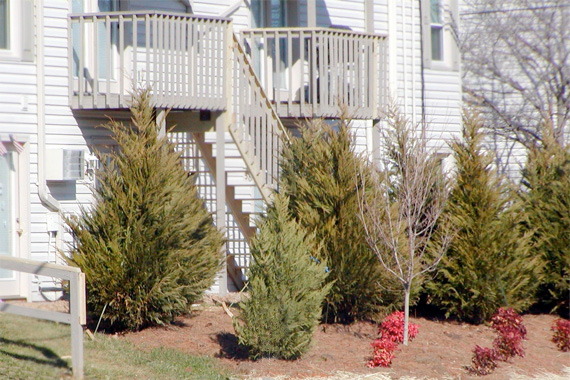 |
| Credit: Hugh Conlon/What Grows There |

No comments:
Post a Comment